
Amina Goodwin (1867 – 1942) was an English pianist, composer, and music educator who founded the London Trio.

Amina Goodwin (1867 – 1942) was an English pianist, composer, and music educator who founded the London Trio.
The daughter of John Lawrence Goodwin, a Manchester organist and violinist, she began performing at the age of six, [1] but received mixed reception as to her 'child prodigy' status at least until the age of fourteen. [2] [3]
She studied at the Leipzig Conservatory for four years from the age of eleven, followed by the Paris Conservatory under Élie-Miriam Delaborde for two years. On the guarantee of Camille Saint-Saëns, she became a pupil of Franz Liszt and of Clara Schumann. [1]
On her return to England, she performed at the Crystal Palace Saturday concerts and toured Europe as a piano soloist. She had established herself as a piano teacher in London by 1898. [4]
Her compositions for piano included an intermezzo, toccata, gavotte and study. [1]
She wrote the instructional Practical Hints on the Technique and Touch of Piano Playing [5] as well as several articles on technique in the Etude magazine [6] and contributions to Cobbett’s Cyclopedia. [7]
In 1889 she formed the London Trio with William Whitehouse and a Mr Werner, [8] who was later replaced on violin by Achille Simonetti [9] and then Louis Pécskai. [10] It was credited with being the first classical trio in England, and was a staple of the London music scene for many years. [11]
She married an American husband, W. Ingram-Adams, but continued performing as 'Madame Amina Goodwin.' [1]
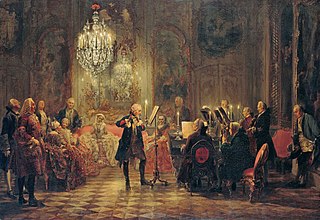
Chamber music is a form of classical music that is composed for a small group of instruments—traditionally a group that could fit in a palace chamber or a large room. Most broadly, it includes any art music that is performed by a small number of performers, with one performer to a part. However, by convention, it usually does not include solo instrument performances.

Sofia Asgatovna Gubaidulina is a Soviet-Russian composer and an established international figure. Major orchestras around the world have commissioned and performed her works. She is considered one of the foremost Russian composers of the second half of the 20th century along with Alfred Schnittke and Edison Denisov.
Stephen Cuthbert Vivian Dodgson was a British composer and broadcaster. Dodgson's prolific musical output covered most genres, ranging from opera and large-scale orchestral music to chamber and instrumental music, as well as choral works and song. Three instruments to which he dedicated particular attention were the guitar, harpsichord and recorder. He wrote in a mainly tonal, although sometimes unconventional, idiom. Some of his works use unusual combinations of instruments.

Walter Willson Cobbett was an English businessman, amateur violinist and an influential patron of British chamber music from the decade before World War I until his death in 1937. He was an innovative and astute businessman with an enthusiasm for the composition and performance of chamber music. Cobbett's business successes enabled him to focus on his musical interests from about 1905.
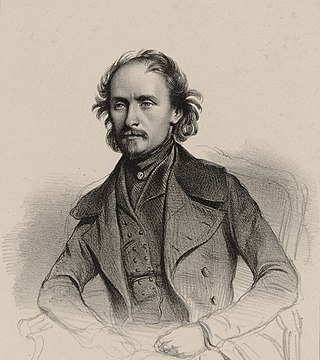
Henri Jérôme Bertini was a French classical composer and pianist. He was born into a family of musicians and attracted the attention of François-Joseph Fétis when he toured Europe as a child prodigy. As an adult he was admired both as a soloist and as a chamber musician; it was said that he played with Johann Nepomuk Hummel's simplicity and elegance without sacrificing the brilliance of the instrument. As a composer he had an original style which was rich in musical ideas, attractive melodies, and effortless harmonies. In 1856, he retired from the musical scene and settled in the Dauphiné in south-east France.
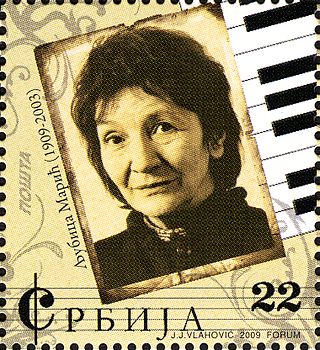
Ljubica Marić was a composer from Yugoslavia. She was a pupil of Josip Štolcer-Slavenski. She was known for being inspired by Byzantine Orthodox church music. She was professor at the Faculty of Music in Belgrade and a member of the Serbian Academy of Sciences and Arts. Ljubica Marić is considered to be the most original Serbian composer of the twentieth century and musically the most influential one.
Agnes Helen Nicholls CBE was one of the greatest English sopranos of the 20th century, both in the concert hall and on the operatic stage.

Louise Farrenc was a French composer, virtuoso pianist and teacher of the Romantic period. Her compositions include three symphonies, a few choral works, numerous chamber pieces and a wide variety of piano music.
Paul Zukofsky was an American violinist and conductor known for his work in the field of contemporary classical music.
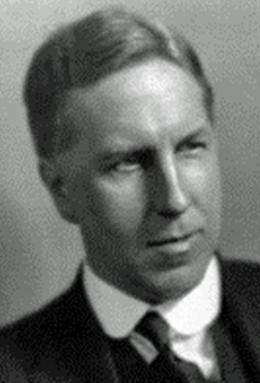
Thomas Frederick Dunhill was a prolific English composer in many genres, though he is best known today for his light music and educational piano works. His compositions include much chamber music, a song cycle, The Wind Among the Reeds, and an operetta, Tantivy Towers, that had a successful London run in 1931. He was also a teacher, examiner and writer on musical subjects.
Richard Henry Walthew, often known as Richard H. Walthew was an English composer and pianist, and an important figure in English chamber music during the first half of the 20th century.
Matthew Jones is a British violist, violinist and composer primarily known for his international performance work as a soloist, recitalist and chamber musician. He also holds a Viola Professorship and is Head of Chamber Music at Guildhall School of Music and Drama, and runs an in-demand performance health consultancy practice. He is fluent in Italian.
Gwyneth Van Anden Walker is an American music educator and composer.
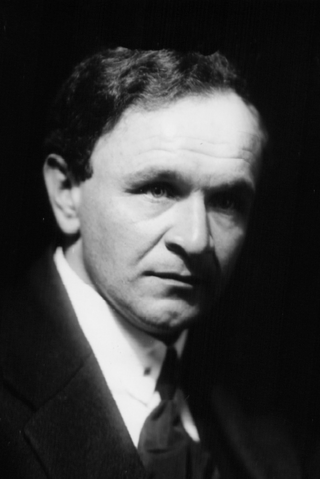
Viktor Stepanovych Kosenko was a Ukrainian composer, pianist, and educator. He was regarded by his contemporaries as a master of lyricism.

Jules Delsart was a French cellist and teacher. He is best known for his arrangement for cello and piano of César Franck's Violin Sonata in A major. Musicologist Lynda MacGregor described Delsart as "one of the foremost French cellists of the period, with faultless technique, a precise bow and a sweet, though not large, tone." He was the owner of the 1689 'Archinto' Stradivari.
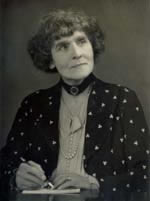
Alice Barbara Verne-Bredt was an English piano teacher, violinist and composer. Three of her sisters were also noted pianists: Adela Verne, Mathilde Verne and Mary Würm.

May Henrietta MukleFRAM was a British cellist and composer. She has been described as a "noted feminist cellist", who encouraged other women cellists.

Susan Spain-Dunk FRAM was an English composer, conductor and violinist/violist.

Harry Waldo Warner was an English viola player and composer, one of the founding members of the London String Quartet and a several times Cobbett Competition winner for his chamber music.
Eva Ruth Spalding was a British composer, violin and piano teacher who wrote six string quartets, solo piano music and songs.